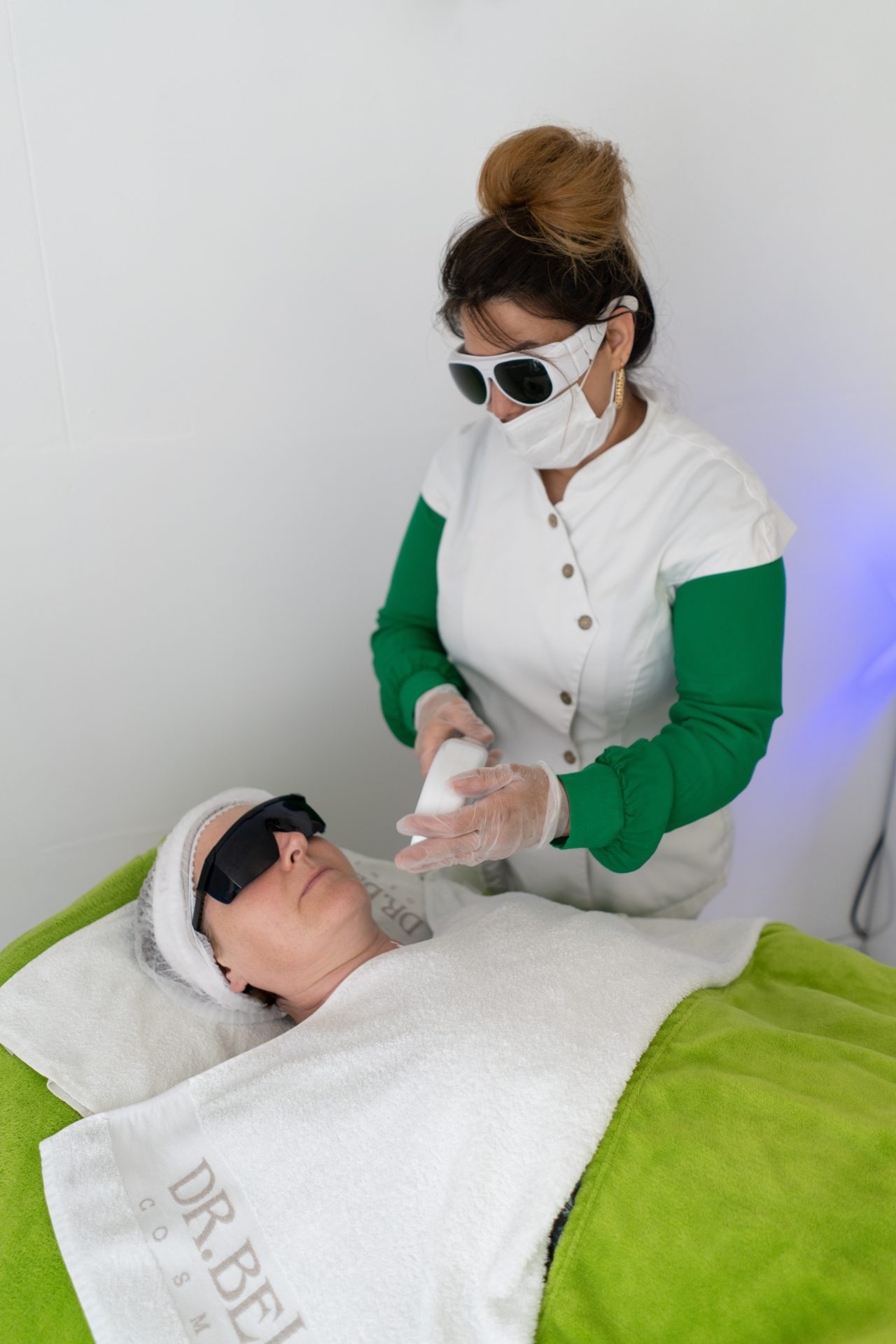What Is the Duration of Laser Hair Removal?

Unwanted hair can be removed from the face and body with the help of a non-invasive cosmetic procedure called laser hair removal.
Laser hair removal on the body might produce permanent or almost permanent results for some people. Others could observe a significant decrease in the quantity and thickness of hair that comes back over time.
On the face, lasting effects are seldom attained, but regrowth may take years.
Results can vary and rely on a number of variables. The locations being treated as well as varying hormonal levels fall under this category.
How long till hair starts to regrow?
Knowing the cycle of hair production will help you predict how long it will take for your hair to grow back.
Stages of hair development
There are four growing phases for hair. They are: exogen, the shedding phase, telogen, the resting phase, catagen, the growth phase, and anagen, the growing phase.
You have hairs going through all four stages at any given moment.
Existing hairs are destroyed by laser hair removal by being vaporised at their roots and beneath the skin.
It may thus only target hairs that are in the anagen, or growth phase. Because of this, it requires several treatments spaced apart to remove all of the hair that develops in a certain area.
On the body, regrowth
Throughout the duration of the laser treatments, you will still notice hair. While some of it may be new growth, the most of it will be untreated hair.
After your treatment is finished, it can be a while before you experience regrowth.
Laser hair on the body may produce long-lasting or permanent effects. Any hair that eventually grows back should be extremely sparse and thin.
On the face, regrowth
Laser hair removal on the face is normally not permanent, however it can be long-lasting.
Some claim their hair hasn’t grown back after 10 years or more. Others see regrowth more quickly and need yearly touch-up procedures to keep unwanted hair at bay.
Does hair regrow more quickly on some parts of the body or face?
The chin, neck, and other facial areas are where hair will most likely grow back after laser hair removal.
This could be a result of hormonal changes and androgens such dehydroepiandrosterone (DHEA) and testosterone reactivating hair follicles.
The regrowth of hair on the chin, neck, upper lip, and sideburns in certain women may happen at the same time as menopause, when oestrogen levels fall.
It is also possible for body hair to grow back. Instead of the bikini line, stomach, or underarms, it could happen more frequently on the arms, legs, or chest in certain persons. When hair does eventually regrow on the body, it is usually very fine and sparse.
Rarely, laser hair removal can result in thicker, darker hair growing in or returning in an area next to the one being treated. Hypertrichosis paradoxica is the medical term for this disorder. Anywhere on the face or body might experience paradoxical hypertrichosis.
Does one’s skin or hair colour matter?
Your hair or skin tone may impact how successful laser treatments are for you at first, but they have no bearing on how quickly your hair regrows once treatments are finished.
Currently, grey, white, or blond hair are not thought to respond well to laser hair removal.
If hair grows back, is there anything you can do to stop it?
Touch-up laser therapy can be used to stop hair regrowth as needed.
Electrolysis is another option if hair growth is minimal. Instead of treating large regions at once, electrolysis treats hairs one at a time.
Maintaining a healthy hormonal balance if you suffer from a disorder like polycystic ovarian syndrome (PCOS) will help lessen the likelihood of hair growth. Medication like Metformin or dietary changes like consuming fewer carbohydrates can help balance these hormones.
Will regular laser treatment sessions finally stop the development of hair?
Many times, bundles of four or more sessions of laser therapy are marketed. For hair growth to be fully stopped, you could require 12 treatments or more.
After that, there shouldn’t be many touch-ups required. At beginning, some patients could need treatments every two years. Others could discover that they don’t require a touchup for five or more years.
Can you wax again after a laser treatment?
It’s a typical question, “Can I wax after hair removal,” but the answer is no, you shouldn’t wax the region after any treatment or before the next one. You may wax and prevent hair regrowth from happening in the region if you have finished your laser hair removal treatment and won’t be treating it again.
What stops facial hair from growing?
According to legend, the traditional concoction of gramme flour, turmeric, and curd slightly slows hair growth. After your face has dried, rinse it off with this combination. Papaya and turmeric are combined to control hair growth while also exfoliating the skin.
Key conclusions
Unwanted hair on the face and body can be permanently removed with laser hair removal. Some people experience long-term outcomes. On the torso as opposed to the face, this is more likely to happen.
For certain people, hormonal changes might also affect hair regrowth.
You can read some articles here related to laser hair removal.